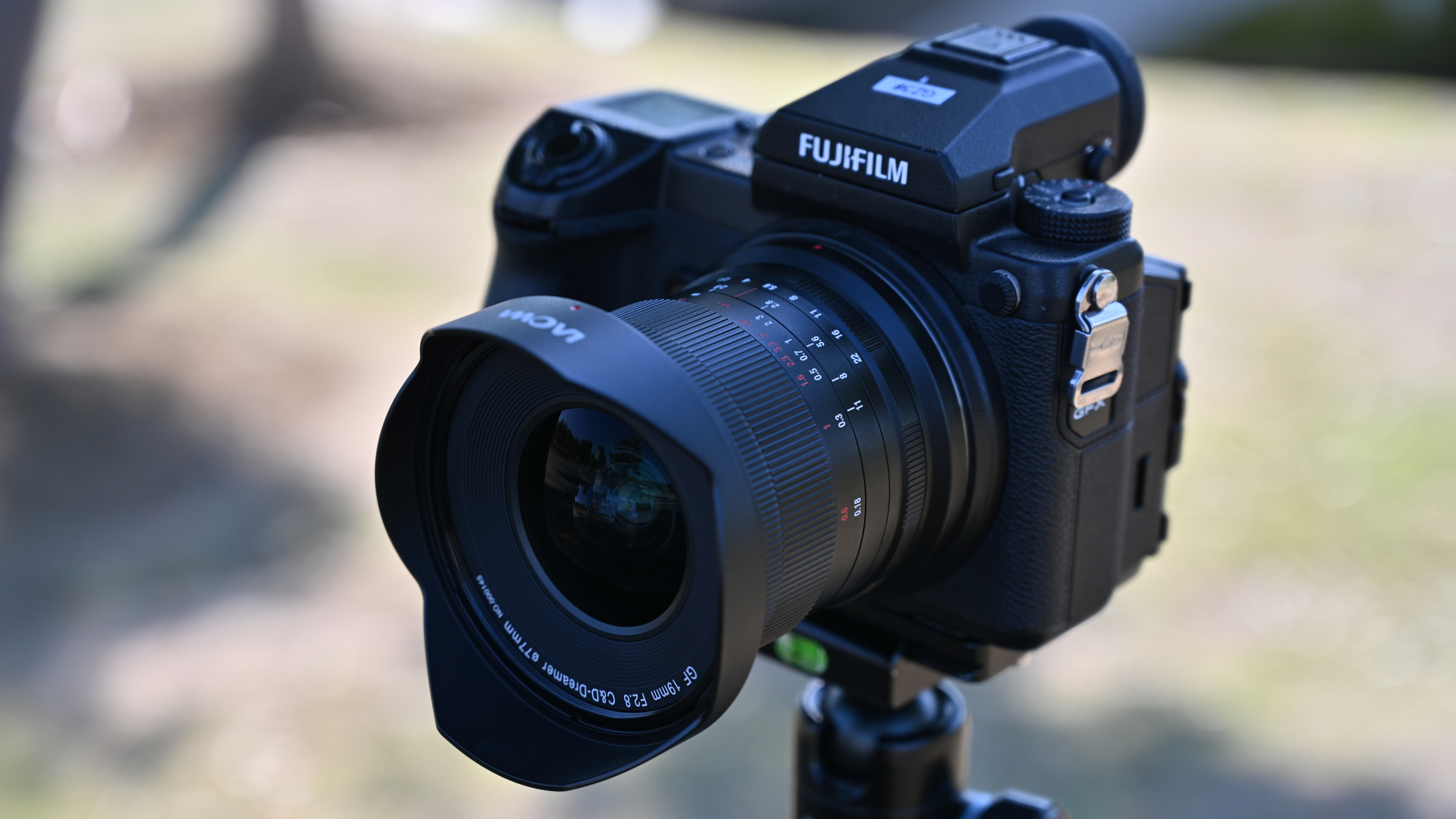12 lenses of Christmas: Bright apertures lit up December 2022
News of forthcoming lenses with bright apertures lit up December, to beat the winter gloom

There are already Canon RF 50mm and 85mm super-fast f/1.2 primes but rumors surfaced in December that three more fast RF prime lenses would follow in early 2023. The hit list included a Canon RF 35mm f/1.2L USM and the possibility of slightly slower RF 24mm f/1.4L USM lens and RF 28mm f/1.4L USM lenses. The 35mm f/1.2 lens sounds particularly appealing so we hope it hits the ground running very soon.
See other installments in our 12 lenses of Christmas series

Proving that super-fast lenses don’t need to cost the earth, there was also the December announcement of a new Viltrox 75mm f/1.2 lens for Fujifilm X-mount cameras, for just $549. That’s crazy-cheap for such a fast, portrait-friendly lens.
Meanwhile, Panasonic launched a new Leica DG Vario-Elmarit 12-35mm f/2.8 ASPH Power OIS lens, which is none too slow for a zoom with a classic effective range of 24-70mm in full-frame terms.

There was more hot news in the wide-angle sector, with the advent of a budget TTartisan 11mm Fisheye lens in Canon EF and Nikon F mount options, to suit DSLRs. Also going ultra-wide, Venus Optics launched the Laowa 6mm f/2 Zero-D MFT taking the stage as the most wide-angle rectilinear lens to date for Micro Four Thirds cameras. The company also launched a compact new ultra-wide lens for Fujifilm GFX cameras, in the guise of the Laowa 19mm f/2.8 Zero-D GFX.

Back in the rumor mill, there was talk of Sony gearing up to announce the world's first 20-70mm lens, going noticeably wider than typical 24-70mm lenses and possibly save the need to take an additional wide-angle lens along for the ride. And for lovers of swirly bokeh, the full-frame compatible Zenitar 75mm f/1.4 Helios Edition was launched for Sony E-mount cameras.

More an adaptation rather than something completely new, the Irix Cine 150mm T3.0 TELE shrugged off the macro capability of its forebear, favoring greater precision in manual focusing in the distance range from 2 meters to infinity.
In the spirit of grabbing a little R&R over the festive season, we fully reviewed just one lens in December (although we had many more in the pipeline). But what a lens it was. The Nikon Z 600mm f/4 TC VR S proved a sensational super-tele prime complete with built-in teleconverter, effectively giving you the choice of 600mm and 840mm focal lengths at the flip of a lever.

Back to basics
• What are the best camera lenses to buy?
The best camera deals, reviews, product advice, and unmissable photography news, direct to your inbox!
Lenses for photography genres
• Best lenses for astrophotography
• Best lenses for bird photography
• Best lenses for landscape
Lenses for your camera
• Best Canon lenses
• Best Fujifilm lenses
• Best Nikon lenses
• Best Olympus lenses
• Best Panasonic lenses
• Best Pentax lenses
• Best Sony lenses
Matthew Richards is a photographer and journalist who has spent years using and reviewing all manner of photo gear. He is Digital Camera World's principal lens reviewer – and has tested more primes and zooms than most people have had hot dinners!
His expertise with equipment doesn’t end there, though. He is also an encyclopedia when it comes to all manner of cameras, camera holsters and bags, flashguns, tripods and heads, printers, papers and inks, and just about anything imaging-related.
In an earlier life he was a broadcast engineer at the BBC, as well as a former editor of PC Guide.

